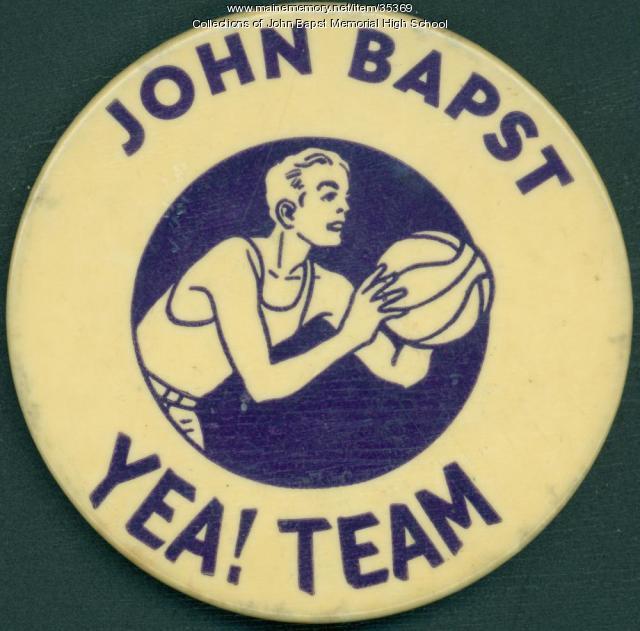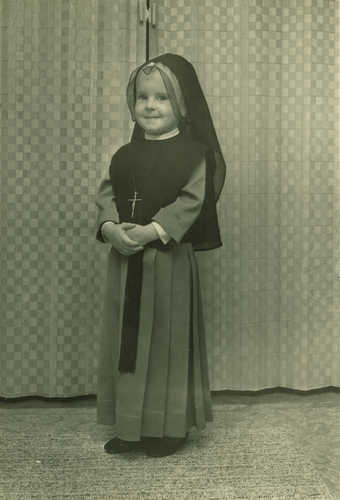Keywords: Religious
Item 9845
Dames de Ste. Anne Banner, St. Agatha, ca. 1920
Contributed by: Ste. Agathe Historical Society Date: circa 1920 Location: Saint Agatha Media: Silk
Item 109079
Auditorium at the Wesleyan Grove Camp Meeting, Northport, ca. 1910
Contributed by: Penobscot Marine Museum Date: circa 1910 Location: Northport Media: Film Negative
Item 40303
Assessor's Record, 1397 Congress Street, Portland, 1924
Owner in 1924: Stroudwater Religious Society Use: Church
Item 148634
Portland Orthodox synagogue sanctuary, ca. 1954
Contributed by: Maine Historical Society Date: circa 1954 Location: Portland Client: Congregation Shaarey Tphiloh Architect: Perley F. Gilbert Associates
Item 148636
Mt. Sinai Cemetery section A plan, Portland, 1969
Contributed by: Maine Historical Society Date: 1969 Location: Portland Client: Mt. Sinai Cemetery Association Architect: H.I. & E.C. Jordan, surveyors
Exhibit
Immigration is one of the most debated topics in Maine. Controversy aside, immigration is also America's oldest tradition, and along with religious tolerance, what our nation was built upon. Since the first people--the Wabanaki--permitted Europeans to settle in the land now known as Maine, we have been a state of immigrants.
Exhibit
Father John Bapst: Catholicism's Defender and Promoter
Father John Bapst, a Jesuit, knew little of America or Maine when he arrived in Old Town in 1853 from Switzerland. He built churches and defended Roman Catholics against Know-Nothing activists, who tarred and feathered the priest in Ellsworth in 1854.
Site Page
View collections, facts, and contact information for this Contributing Partner.
Site Page
View collections, facts, and contact information for this Contributing Partner.
Story
Love is greater than peace, For peace is founded upon love
by Parivash Rohani
My journey from Iran to Maine
Story
Story of the "little nun"
by Felicia Garant
My grandmother made a nun's outfit for me
Lesson Plan
Irish and Ulster Scots in Maine
Grade Level: 6-8, 9-12, Postsecondary
Content Area: Social Studies
This lesson presents an overview of the history of the Irish and Ulster Scots/Scots Irish in Maine and the U.S., including some of the factors that led to their immigration to the U.S., a look into the prejudice and discrimination many Irish and Ulster Scots/Scots Irish experienced, and the contributions of Irish and Ulster Scots/Scots Irish to community life and culture in Maine.
Lesson Plan
Grade Level: 6-8, 9-12, Postsecondary
Content Area: Social Studies
This lesson presents an overview of the history of Jews in Maine and the U.S., including some of the factors that led to Jewish immigration to the U.S., examination of the prejudice, discrimination and anti-Semitism many Jews have experienced, and the contributions of Jews to community life and culture in Maine.




















